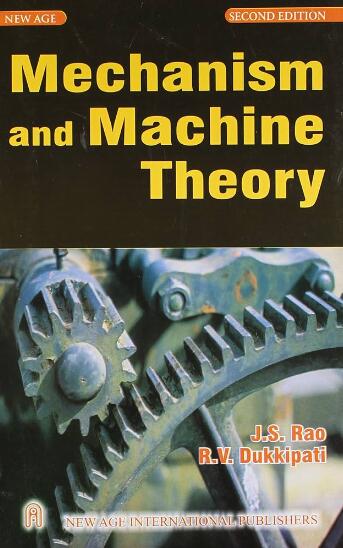Topological and spatial analysis of self-motion manifolds for global redundancy resolution in kinematically redundant robots
IF 4.5
1区 工程技术
Q1 ENGINEERING, MECHANICAL
引用次数: 0
Abstract
This paper introduces a novel framework for global redundancy resolution in kinematically redundant robots, which have more degrees of freedom than the dimensions required to complete their task. The method is based on the concept of self-motion manifolds (SMMs), which are subsets of the joint space where the robot can move without affecting the task. Given a task trajectory, a sequence of SMMs is generated by building a graph where each node represents a c-bundle, which are sets of SMMs that share the same topology. The graph is then explored to establish feasible paths, from which preliminary joint trajectories are derived. The joint trajectories undergo an iterative optimization process that moves each joint trajectory point along the SMM of the associated task instant. The method is capable of handling kinematic constraints, such as joint limits and collisions, and it is designed to be adaptable to the kinematic complexity of the robot, real-time requirements, or optimality. The effectiveness and global optimality of the method in solving redundancy is validated through simulations with different robots and degrees of redundancy.
求助全文
约1分钟内获得全文
求助全文
来源期刊

Mechanism and Machine Theory
工程技术-工程:机械
CiteScore
9.90
自引率
23.10%
发文量
450
审稿时长
20 days
期刊介绍:
Mechanism and Machine Theory provides a medium of communication between engineers and scientists engaged in research and development within the fields of knowledge embraced by IFToMM, the International Federation for the Promotion of Mechanism and Machine Science, therefore affiliated with IFToMM as its official research journal.
The main topics are:
Design Theory and Methodology;
Haptics and Human-Machine-Interfaces;
Robotics, Mechatronics and Micro-Machines;
Mechanisms, Mechanical Transmissions and Machines;
Kinematics, Dynamics, and Control of Mechanical Systems;
Applications to Bioengineering and Molecular Chemistry
 求助内容:
求助内容: 应助结果提醒方式:
应助结果提醒方式:


